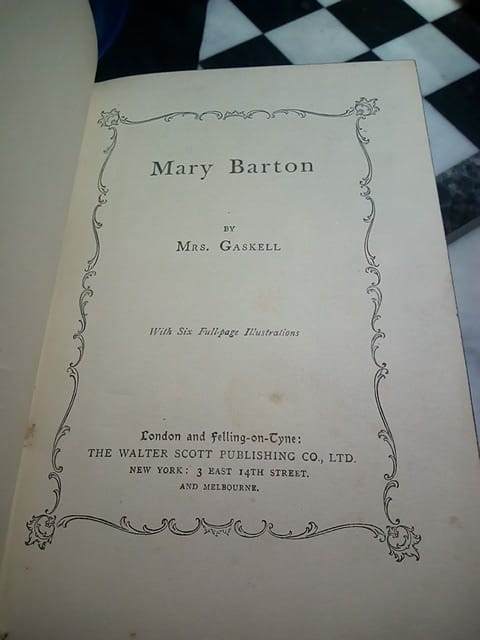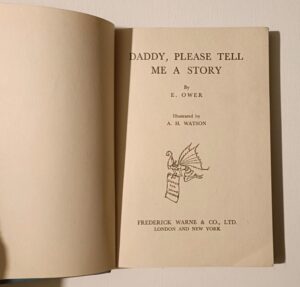Elizabeth Gaskell’s Mary Barton : The Unknown Walter Scott Editions
Elizabeth Gaskell’s Mary Barton, published in 1848, is a seminal work that captures the struggles of the Victorian working class, particularly in the context of the Industrial Revolution.

This novel is not only a poignant love story but also a powerful social commentary on class disparity, making it a significant piece of literature in its historical context.
Gaskell’s narrative unfolds in Manchester during the early 19th century, a period marked by rapid industrialization and significant social upheaval. The novel addresses the harsh realities faced by the working class, including poverty, unemployment, and the exploitation of labor. Through characters like John Barton, a disillusioned trade unionist, Gaskell critiques the economic disparities that arose during this era. The character’s involvement in the Chartist movement reflects the broader struggle for political representation and workers’ rights, highlighting the urgent need for reform during a time of widespread discontent among laborers.

The protagonist, Mary Barton, embodies the conflict between personal ambition and social obligation. Her initial desire to escape her working-class roots by marrying Henry Carson, a mill owner’s son, illustrates the rigid class boundaries of the time. However, as events unfold—particularly the tragic murder of Carson and the wrongful accusation against her true love, Jem Wilson—Mary’s journey becomes one of self-discovery and moral awakening [4]. This internal conflict serves as a microcosm of the broader societal issues at play.

**Literary Style**: Gaskell employs local dialect and vivid descriptions to create an authentic portrayal of working-class life. This attention to linguistic detail not only enhances the realism of her narrative but also serves as an important tool for understanding the cultural context of her characters. The novel’s blend of melodrama and realism provides insight into the emotional landscape of its characters while grounding their experiences in historical reality.

Walter Scott Publishing played a crucial role in disseminating Gaskell’s work to a wider audience. Founded by Sir Walter Scott himself, this publishing house was known for its commitment to quality literature that reflected contemporary social issues. By publishing Mary Barton, Walter Scott Publishing contributed to elevating Gaskell’s voice within the literary canon and ensuring that her critique of industrial society reached readers who might otherwise overlook such important themes.

The decision to publish Mary Barton aligns with Scott’s vision of literature as a means to provoke thought and inspire change. The novel’s focus on social justice and human rights resonates with Scott’s own literary pursuits, making it a fitting addition to his catalog. By promoting works that challenged societal norms and highlighted the plight of marginalized groups, Walter Scott Publishing helped pave the way for future discussions about class struggle and reform in Victorian England.

Gaskell’s exploration of class disparity, personal sacrifice, and social justice offers valuable insights into the human condition during a transformative period in British history. The collaboration with Walter Scott Publishing further underscores its significance as a vehicle for social critique and literary excellence. Through this novel, Gaskell not only tells a compelling story but also advocates for awareness and change regarding the conditions faced by her contemporaries.
We can not determine the Walter Scott Publishing edition depicted in the images above, but we’ve never found something more particular than this one, thus establishing its price to not less than 240,00 dollars.
1884 Edition published by Walter Scott Publishing.
1895 Reprint by Walter Scott Publishing.
1900 Edition published by Walter Scott Publishing.
1905 Another edition released under Walter Scott imprint.
1911 Edition published by Walter Scott Publishing.
1927 Reprint by Walter Scott Publishing.
1932 Edition published by Walter Scott Publishing.
1946 Reprint of earlier editions by Walter Scott Publishing.
1950 Edition published by Walter Scott Publishing.














